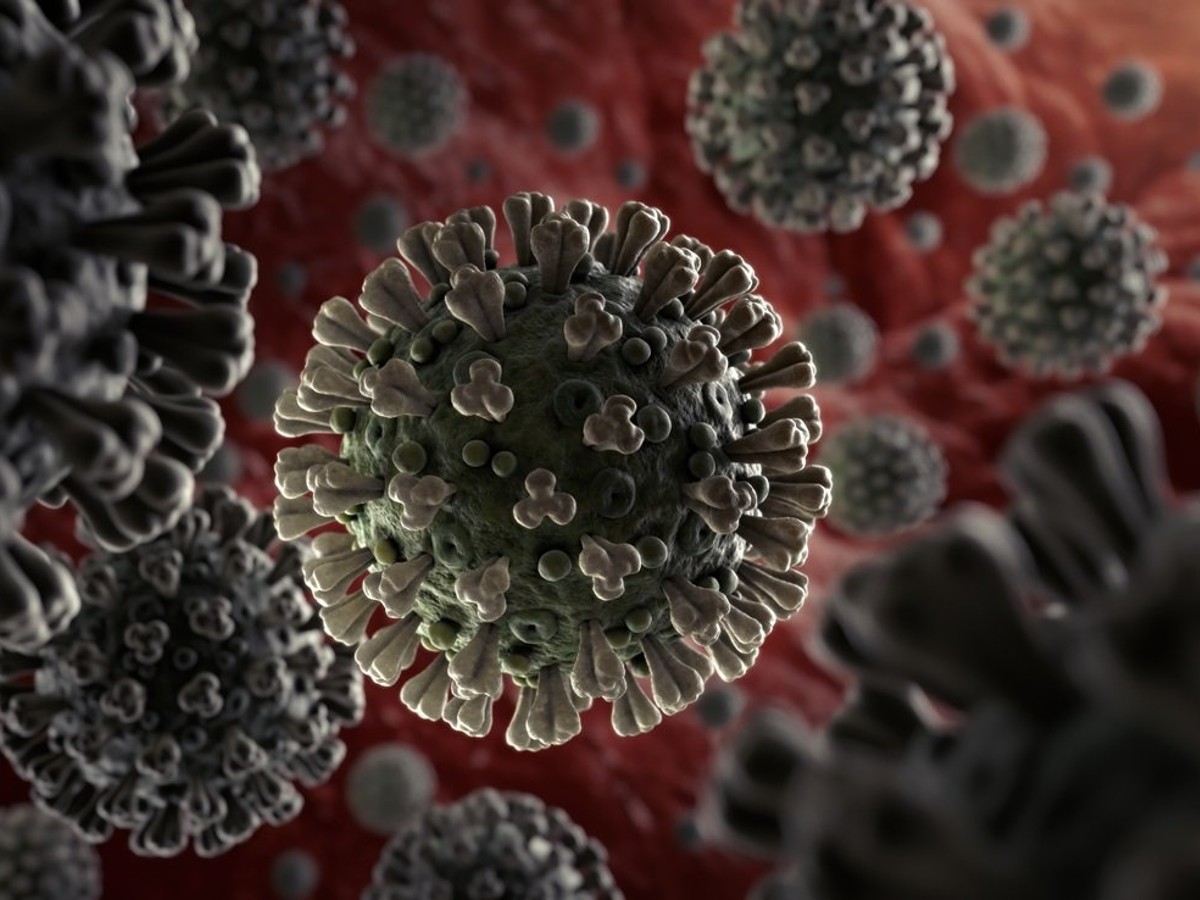
To identify a representative sample of microbes, the team found a precise balance of antimicrobial molecules that were effective, safe and inexpensive. (Photo: WHO)
As the world continues to reel from coronavirus and the unending wrath of the pandemic, research to defeat the SARS-COV-2 virus goes on. A result of one such research is a durable and safe-to-use coating that may kill the COVID-19 causing SARS-CoV-2 virus.
It has been developed by scientists in the US to kill SARS-CoV-2 virus, E. coli and MRSA bacteria, and a variety of other pathogens within minutes.
The coating developed by researchers at the University of Michigan killed 99.9 per cent of microbes even after months of repeated cleaning and abrasion on real-world surfaces like keyboards, cell phone screens and chicken-slathered cutting boards.
The coating could be a game changer in traditionally germ-laden public spaces like airports and hospitals, said Anish Tuteja, a professor at the University of Michigan.
“Disinfectant cleaners can kill germs in only a minute or two but they dissipate quickly and leave surfaces vulnerable to reinfection” said Tuteja, a co-corresponding author of the research published in the journal Matter.
“We do have long-lasting antibacterial surfaces based on metals like copper and zinc, but they take hours to kill bacteria. This coating offers the best of both worlds,” he explained.
The coating, which is clear and can be brushed or sprayed on, uses antimicrobial molecules derived from tea tree oil and cinnamon oil, both used for centuries as safe and effective germ killers that work in under two minutes, the researchers said.
The coating’s durability comes from polyurethane, a tough, varnish-like sealer that is commonly used on surfaces like floors and furniture, they said.
“The antimicrobials we tested are classified as ‘generally regarded as safe’ by the FDA, and some have even been approved as food additives,” Tuteja said.
“Polyurethane is a safe and very commonly used coating. But we did do toxicity testing just to be sure, and we found that our particular combination of ingredients is even safer than many of today’s antimicrobials,” he added.
The results of the study’s durability tests suggest that the coating could keep killing germs for six months or longer before its oil begins to evaporate and reduce its disinfectant power.
However, even then, Tuteja said it can be recharged by wiping it with fresh oil which is reabsorbed by the surface, starting the cycle again. Tuteja estimates that the technology could be commercially available within a year.
It has been licensed to Hygratek, a spinoff company that Tuteja founded with assistance from the University of Michigan Innovation Partnerships.
The key challenge in making the coating was to combine the oil and polyurethane in a way that let the oil molecules do their germ-killing work while preventing them from evaporating quickly.
The team, including associate professor Geeta Mehta, and materials science and engineering PhD students Abhishek Dhyani and Taylor Repetto, found a possible solution in cross-linking, a well-known process that uses heating to link materials together at the molecular level.
The smaller oil molecules readily combined with the cross-linking polymer molecules, forming a stable matrix, the researchers said.
However, to kill germs, the oil molecules need to penetrate their cell walls, which they can’t do if they are tightly tethered into the matrix.
Eventually, they found a middle ground by partially cross-linking the materials — enough to keep some of the molecules free to do their work, but keeping others bound tightly to the polyurethane.
“There was some trial and error, but we eventually found that cross-linking only some of the oil did what we needed,” Tuteja said.
“The free oil tends to stay with the oil that’s cross-linked into the matrix, helping the coating last longer,” he said.
Once the basic recipe was set, the researchers set about finding a combination of active ingredients that would kill a wide variety of the germs that trouble humans most.
To identify a representative sample of microbes, the team found a precise balance of antimicrobial molecules that were effective, safe and inexpensive.
Tuteja noted that the team’s understanding of individual ingredients’ properties enables them to tweak the formula for specific applications or rebalance the antimicrobial agents to kill specific germs.
“It’s never our goal just to develop a one-off coating, but instead to develop a library of underlying material properties to draw from,” Tuteja said.
“If we can understand those properties, then we can develop coatings to meet the needs of specific applications, he added.
With PTI inputs
For more stories that cover the ongoings of Delhi NCR, follow us on:
Instagram: instagram.com/thepatriot_in/
Twitter: twitter.com/Patriot_Delhi
Facebook: facebook.com/Thepatriotnewsindia
The Delhi and District Cricket Association spent over Rs 10 crore on litigation and professional…
The authorised representative of Castrol Ltd. joined the raid and confirmed that the seized products…
Commuters have been advised to avoid certain roads between 12 noon and 11 pm on…
During a search of their vehicle, police found 1.068 kg of charas, 98 grams of…
The alleged assault is linked to a dispute over some staff members allegedly cutting the…
This will play a decisive role in providing villagers with legal proof of ownership and…